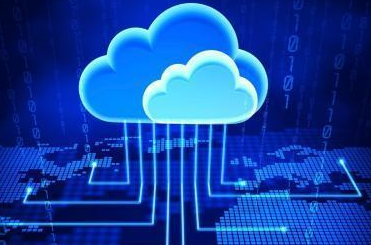ETSI first released the Edge Computing White Paper: Mobile-EdgeComputing-Introductory Technical White Paper. The main purpose of this white paper is to introduce the concept of edge computing and related key market drivers, and discuss the business, consumer and Technical value/benefit. The white paper discusses the promotion factors, needs and challenges of edge computing, as well as the development plans and goals of future edge computing. This article attempts to give a rough structure diagram of the edge computing platform and perform a functional analysis of each part of the structure. , laying the foundation for future edge computing standardization work. This article will summarize the key contents and also interpret some of the contents in the white paper.
1 Overview of Edge Computing
The successful promotion of today’s smart terminals and the continued growth of traffic have led to the continuous and profound integration of the IT industry and the telecommunications industry, which has brought new opportunities and also brought about the ability to be deployed on the network side. Edge computing or multi-access edge Computing (multi-access edge computing, MEC) is the ability to provide information technology (information tech-nology, IT) and cloud computing in the radio access network (radio access network, RAN), and is very close to the mobile terminal. Therefore, the edge Computing is a technology that sinks cloud computing capabilities to the edge of the network close to the user. Edge computing can be regarded as an edge computing gateway.
It is a cloud server that runs on the edge of the mobile network and performs specific tasks that cannot be completed in traditional network infrastructure.
The characteristics of edge computing can be summarized into 5 aspects:
1) Localization. The concept of edge actually refers to localization, so the edge computing platform can be independent of the remaining network parts, and this platform can obtain local resources at any time;
2> Proximity. Close to the source information. Because edge computing is close to the user end, it is very helpful to capture some key information. This information can be used for big data analysis, such as user traffic statistics, user location information tracking and positioning, etc.;
3) Low latency. The edge service runs close to the end device. Since it does not reach the remote centralized computing center through the core network, the latency is significantly reduced. Therefore, the response interval is improved, the user experience is improved, and the Minimize network congestion;
4) Location awareness. The network edge is also part of the wireless network, and local services can use low-energy signals to determine the location of each device connected to the network;
5) Network content information. The main focus here is real-time network data, such as: the wireless environment where the user is located, some network statistics, etc., which can be used by applications and some customized services to provide context-related services to effectively grasp real-time network information.

From the perspective of business and technical benefits, edge computing provides a new ecosystem and value chain. Whether it is operators, equipment vendors or software developers, all parties can participate in it, and at the same time, with the help of the new platform of edge computing , you can also develop new business models and benefit from them.
For mobile network operators: they can quickly deploy new services to users and enterprises. While improving the quality of experience (QoE) of user terminals, they can also add new revenue sources from innovative services and timely Provide users with rich services and new service categories. In addition, in terms of cost, it reduces the burden on the core network data volume and reduces the operator’s operating costs (compared to the core network side). In addition, the operator After purchasing servers and hardware resources, by building an edge computing platform, you can also provide the resources on the edge computing platform to third parties for rent. By charging for resources (such as storage, bandwidth, central processing unit, etc.), you can obtain Certain economic benefits.
For software and application developers, they can launch new services and new applications to serve different user groups. The low latency and high bandwidth features of the edge computing platform allow third-party developers to deploy Specific services that are more targeted at the user end include: customized location tracking services, video optimization, games
Optimization, smart parking, etc. At the same time, developers can continuously obtain a large amount of wireless network conditions and statistical information through the user terminal, which helps them to continuously innovate and upgrade their products and services quickly and at low cost.
